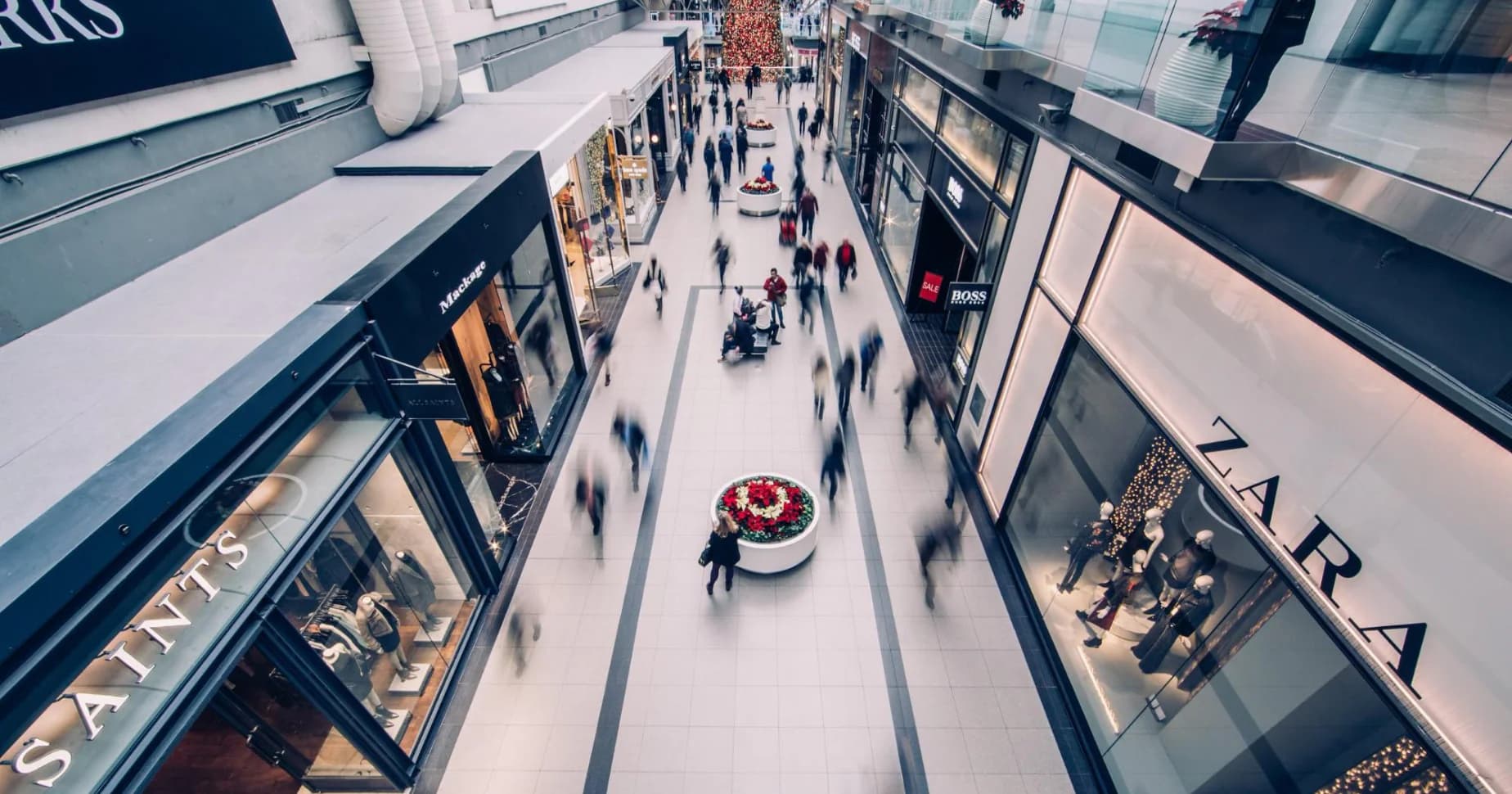
Use Data to Tell Your Shopping Center's Story
Use Data to tell your Shopping Center's Story
The Retail Pitch Has Changed
The retail real estate business has always been about storytelling — but the stories that close deals today are written in data, not adjectives.
Retailers expanding into new markets are no longer swayed by charisma, reputation, or even co-tenancy alone. They want evidence. They want to know that your trade area already contains the customers they’re targeting — and that those customers are spending money.
That shift has forced brokers and landlords alike to move beyond glossy brochures and high-level demographics. To win a brand’s attention in the next decade, your pitch must prove one thing: your location is already generating the type of sales that matter to their business.
Precision Over Presence
The best retailers aren’t growing for the sake of growth. They’re expanding with precision. Today's data and tech landscape has enabled brands to know their customers intimately and how to grow methodically. Brands like Vuori, RH, Warby Parker, and Lululemon have proven that strategic placement can outperform sheer store count. Each new location isn’t just a storefront — it’s a growth lever.
These brands are scrutinizing trade areas at a micro level. They’re analyzing income distribution, spending concentration, digital-to-physical overlap, and even the performance of nearby categories before they sign a lease.
For leasing teams, that means the bar has risen. A compelling pitch now depends on proving that the customers who already shop, dine, and spend in your center are the same customers your prospect needs to reach next.
The Problem With Location Data
To meet that bar, many in the industry turned to mobile location data — and at first, it felt like the holy grail. It showed where shoppers came from, how long they stayed, and where else they visited. For a moment, it seemed like the perfect proxy for consumer behavior.
But that confidence has started to fade.
Location data is increasingly being treated as directional, not definitive. The signals come from a patchwork of mobile devices — often incomplete, biased, or misattributed. Accuracy breaks down in dense urban corridors, mixed-use properties, and multi-level retail environments where GPS pings blur across tenants.
Demographic coverage is another blind spot. Certain age groups, income brackets, and privacy-conscious consumers are underrepresented — especially as Apple and Google continue tightening privacy controls. In some cases, less than half of a property’s real-world traffic is fully captured.
Retailers are noticing. Many expansion and analytics teams are questioning the precision of foot traffic reports that vendors sell as gospel. A high “visit count” doesn’t always translate to qualified customers — and visit data alone rarely tells you if anyone actually spent money.
So while location data still plays a role — particularly for visualizing flow and frequency — it can’t stand on its own anymore.
Why Transaction Data Wins
If location data shows where people go, transaction data shows what they do when they get there.
Sales-based insights bring financial truth into the equation. They reveal whether visitors are browsers or buyers, whether your co-tenancy actually drives cross-shopping, and whether your trade area aligns with the retailer’s best-performing markets.
Transaction data connects spending to geography. It shows that shoppers at your center spend 18% more on premium home goods than the regional average, or that 30% of dining dollars in your trade area go to fast-casual chains rather than full-service restaurants. Those are insights that translate directly to retailer strategy.
Unlike modeled foot traffic, transaction data comes from verified credit and debit card purchases. It captures economic behavior — not estimated movement. When a retailer’s board is evaluating its next five store openings, the argument that “your customers already spend like theirs” carries far more weight than “your property gets a lot of visits.”
The Modern Pitch
A modern leasing deck should read less like a brochure and more like a market thesis. It should combine clarity, data, and storytelling — the kind that helps a retailer’s real estate team make a confident case internally.
Within five slides, your deck should:
- Quantify customer overlap between your center’s shoppers and the retailer’s existing customer base. You can use mobility data for color, but you should lean on transaction data for proof.
- Show category-level spending patterns that demonstrate real market depth and potential wallet share.
- Highlight co-tenancy synergies — not just adjacency, but verified cross-shopping supported by spend data.
- Align with the retailer’s brand positioning, both visually and contextually. If you’re pitching to a performance apparel brand, your presentation should look and read like one of theirs — not a generic leasing deck.
The strongest decks tell a simple story: the customers you want are already here — and they’re already spending.
Even when a deal doesn’t close immediately, data keeps you in the conversation. Sharing ongoing insights about trade area performance, category-level sales trends, or competitor movement helps position you as a trusted resource rather than a one-time pitch.
That’s what keeps your center top-of-mind when the retailer’s next wave of expansion begins.
A New Standard for Retail Evidence
Mobile location tracking changed how we understand retail trade areas — but its limits are becoming clearer every year.
As privacy restrictions rise and retailers demand higher standards of evidence, transaction data is emerging as the gold standard for market validation and site attribution.
The next generation of leasing success will belong to those who can prove not just who visits their centers, but who buys there.